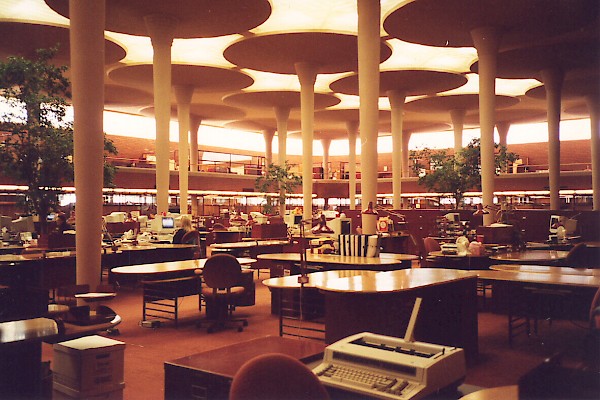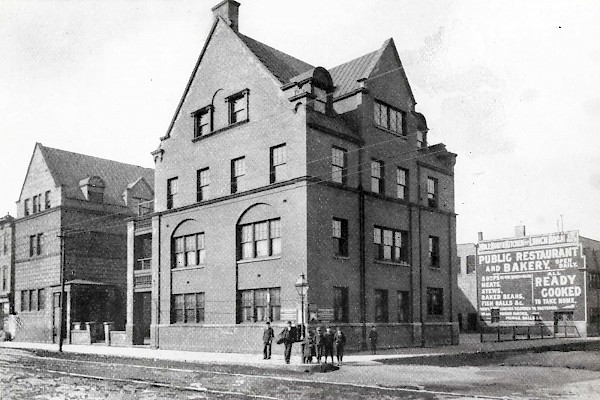Architect Xavier Wrona shares his perspective on the 1966 film The Hawks and the Sparrows and illuminates its relationship to architecture. Following the screening, he and scholar Domietta Torlasco discuss the film.
The Hawks and the Sparrows (Pier Paolo Pasolini, 1966)
In The Hawks and the Sparrows, a man (Totò) and his son (Ninetto Davoli) take an allegorical stroll through life with a talking bird that spouts social and political philosophy. (Totò is a well-known clown in Italian folk stories.) The film was entered into the 1966 Cannes Film Festival.
To attend, RSVP Here.
Xavier Wrona is the Founder of the architecture office Est-ce ainsi, which works to refocus the architectural practice on its political consequences and its possible participation in the reform of vivre ensemble, or “living together.” Est-ce ainsi articulates a critical reading of the figure of the architect throughout history with a particular attention to the means of production of the built environment. The office was awarded the Young Architects and Landscape Architects Prize by the French Ministry of Culture in 2010.
Wrona recently became an Architect-in-Residence of the Méthode Room residency at the Rebuild Foundation. Wrona’s project, the first in the Méthode Room series, will feature an exhibition, “Georges Bataille, Architecture, Chicago and World Order – An Essay on General Economy," at Rebuild’s Archive House and the launch of an architecture TV channel. A practicing architect and associate professor at the Ecole Nationale Supérieure d’Architecture de Saint-Etienne, Wrona has long been interested in the connection between architecture and social justice. His exhibition will explore French intellectual Georges Bataille’s definition of architecture as a tool through which an ideologically dominant order manifests itself in space and time.
Domietta Torlasco is Associate Professor of Italian and Comparative Literature at Northwestern University. She works at the intersection of film theory and practice, with a specific interest in European cinema, psychoanalysis, phenomenology, feminist theory, and time-based visual arts. Her first book, The Time of the Crime: Phenomenology, Psychoanalysis, Italian Film (Stanford University Press, 2008) explores how the crisis of the detective story characterizing postwar Italian cinema inaugurates a new phase in the philosophy of the moving image. Her training as a practitioner and the making of her digital film Antigone’s Noir (2008-09, 25 min.), entirely built around narrative residues and audiovisual fragments, became the catalyst for her subsequent research trajectory. Her second book, The Heretical Archive: Digital Memory at the End of Film (University of Minnesota Press, 2013), examines how digital films and multimedia installations can radically transform our memories of film and our understanding of the cinematic and psychoanalytic archives.
This program is presented in association with the Chicago International Film Festival and with support from ArcelorMittal.





